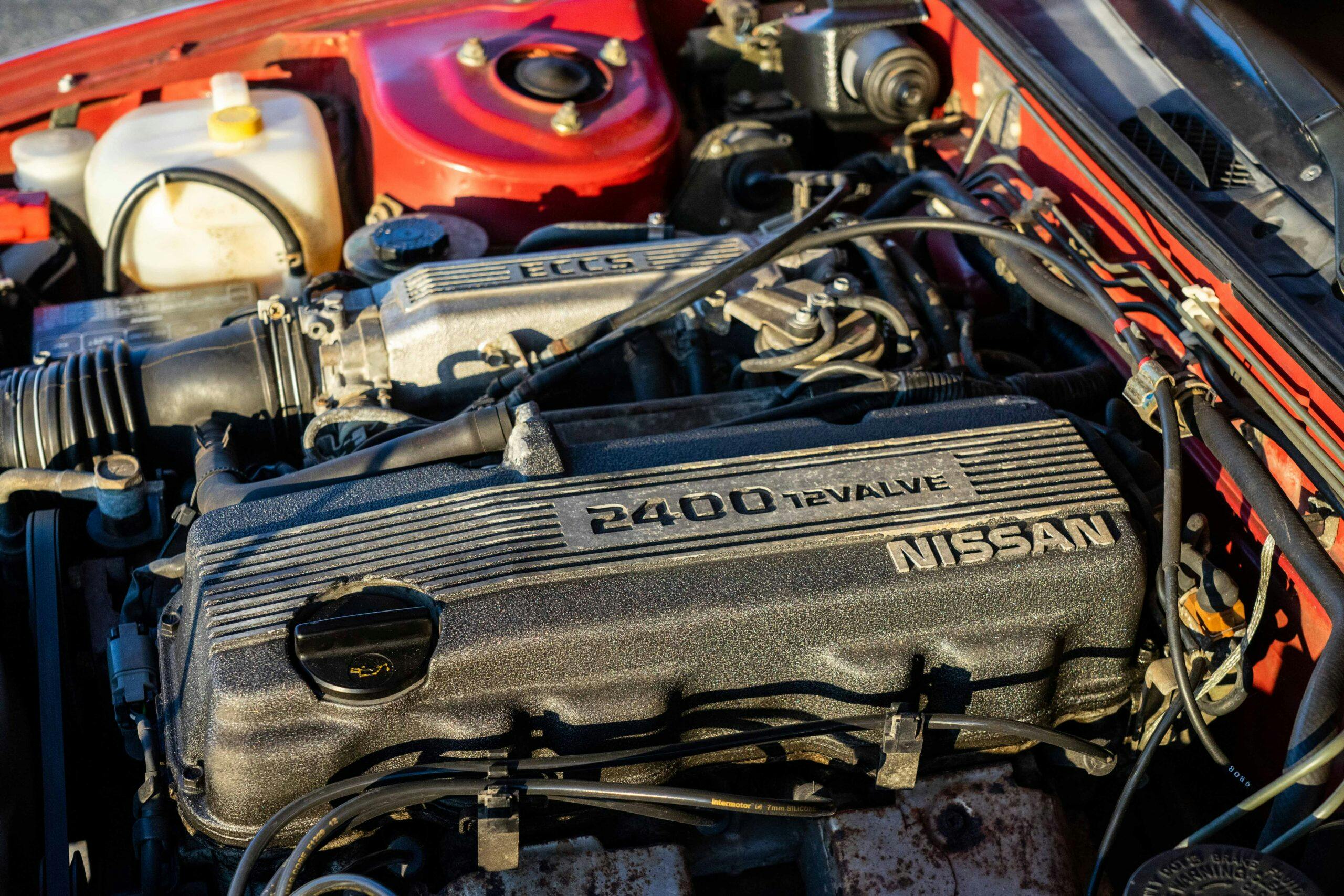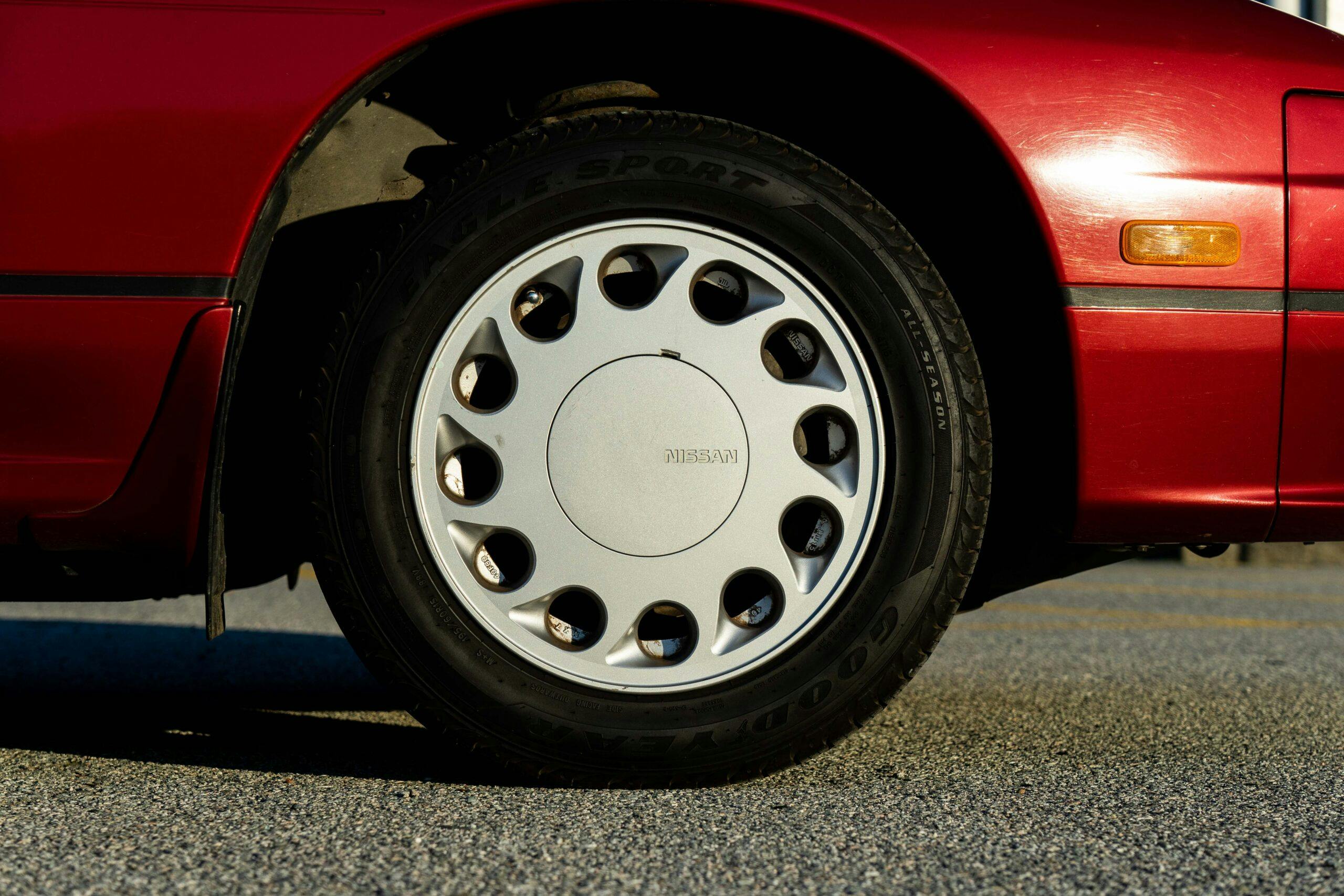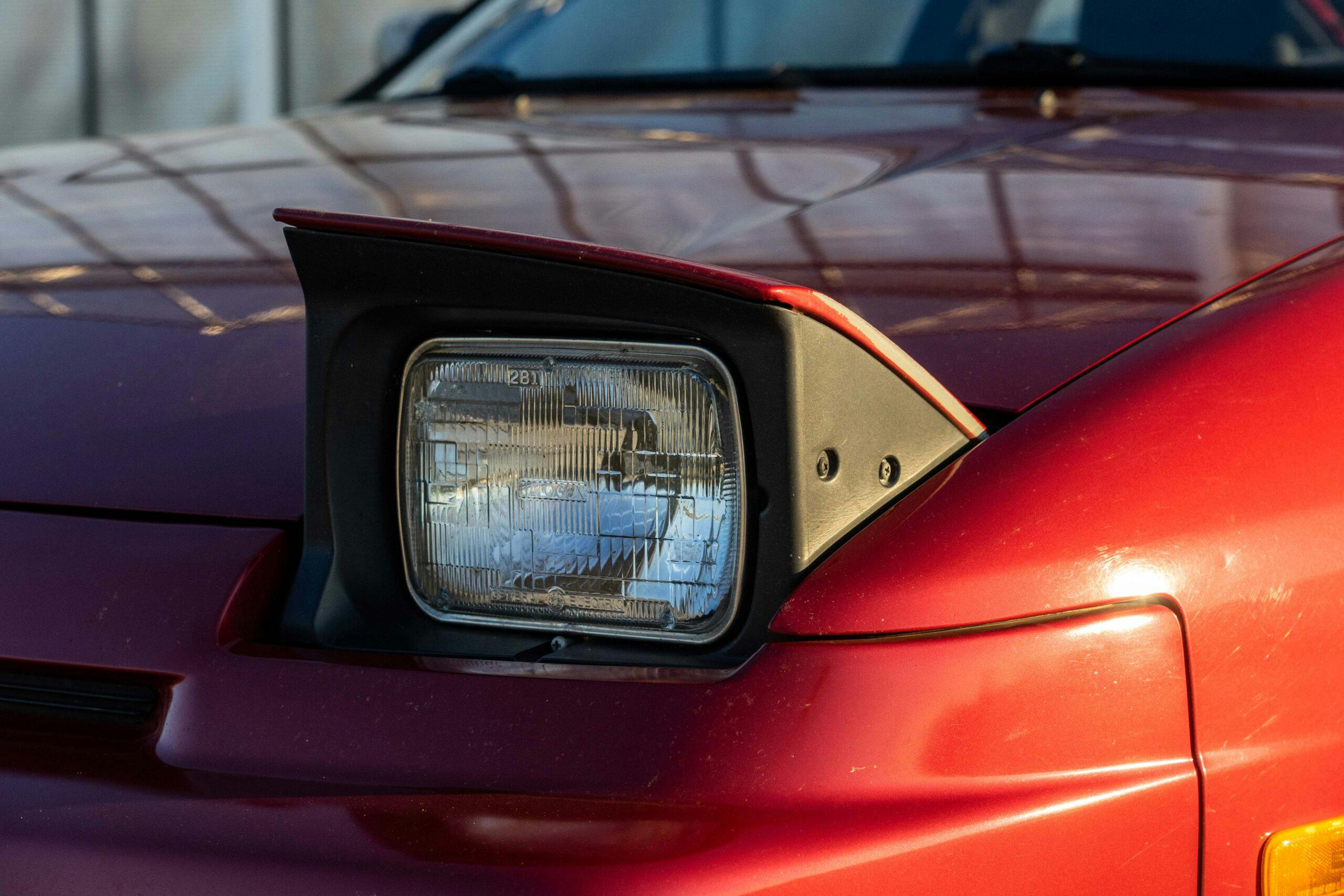This Datsun 240SX Survived the Rise of Drifting to Become a Collectible Classic
Welcome to 1989. It’s nice here, for the most part: Harry met Sally and that turned out okay, the Batmobile is as cool as it’s ever gonna be, and this talented couple of guys called Milli Vanilli are burning up the charts. Hope that works out for them. So, in the market for a sporty little coupe on a budget? Have we got good news for you.
The Honda Prelude Si. The Ford Mustang LX 5.0 or the V-6-powered Probe GT. The Chevrolet Camaro IROC-Z. The Mazda RX7 and the Toyota Celica GT-S. Or maybe a more unusual choice like a Mitsubishi Starion or even a Subaru XT6. The market was flooded with enthusiast-friendly choices for around $20,000, and life was good. In Chilliwack, British Columbia, at Gardner Nissan, someone walked through the door and plunked down the cash for this Nissan 240SX, sporting a sunroof, manual transmission, hatchback, and of course, rear-wheel-drive.

What a gorgeous little Japanese coupe it is, but can you perhaps detect a bit of a thousand-yard-stare in those pop-up headlights. Perhaps so, because this isn’t just a time capsule from the era before crossover bloat. It’s a survivor of the drift wars.
Launched in 1989 for the ’90 model year, the 240SX was Nissan’s little brother to the mighty 300ZX twin-turbo. A followup to the 200SX, which was initially sold as a Datsun, it can trace its roots all the way back to the original Nissan Silvia, internal code CPS311, which debuted in the mid-1960s. These latter are ethereally beautiful machines, little Lancia-like jewels that were handbuilt in a labor-intensive process that necessarily resulted in low production numbers. They are very rare and collectible today.




The S13-chassis 240SX was sort of the opposite of that ethos: a sportscar for the everyman. Or perhaps everywoman, as the majority of them were sold new to female buyers. This survivor was, and it’s just one example of the situation where someone buys something fun, takes good care of it, and finds nothing else in the marketplace appealing enough to trade it in. Perhaps she might have been tempted into a Toyota GR86 today, but the hatchback version of the 240SX is hard to match for practicality.
In 1989, what you got in either your notchback coupe or hatchback two-door was a 2800-lb curb weight distributed near-perfectly front-to-rear, four-wheel disc brakes, fully independent suspension with a multi-link setup out back, and the choice of a five-speed manual or a four-speed auto. In this case, praise be, it’s the stick.
And what a stick. Being an early car, this S13 makes do with a 2.4L four-cylinder, single overhead cam and 12 valves. It produces 140 hp, and is the same engine you’d get in a contemporary Pathfinder or Stanza. In Japan, the S12-chassis Silvia came with a couple of turbocharged four-cylinder options, the feistiest being the 2.0L SR20DET with over 200 hp depending on trim, and a high level of tunability. The KA wasn’t sophisticated, but it was tough and reliable, and when paired with this easy-shifting manual produces perfectly adequate power.

It’s such a friendly car. If the 300ZX TT is a jet fighter, then a stock 240SX is a happy little acrobatic Cessna, more about poise than power. In-period, it rarely placed on the top of the podium in magazine comparison tests, overshadowed by cars that could produce better numbers at the dragstrip or on the skidpad. Today, when you can buy a full-size pickup truck that’ll run mid-11s, numbers feel a great deal less important than the driving experience.
The 240SX received a facelift in 1991, and along with it came with an engine upgrade of an extra valve per cylinder and a horsepower bump to 155 hp. The options list expanded to include typically ’90s technological wonders like four-wheel-steering. Starting in 1992, California’s ASC operations began providing a third body style to go with the hatchback and coupe: a convertible.

The second-generation car arrived for the 1995 model year as a little more serious sporting proposition. Power remained the same, but the chassis was stiffer, and the car was longer and wider. There are two main variants, called Zenki (before) and Kouki (after), divided by the 1997 model year facelift. After 1998, with Marge Simpson about to buy herself a Canyonero, the 240SX was done.
That might have been all she wrote for the 240SX’s position in car culture – a fun little sporty runabout that wasn’t as quick as giants like the Supra or RX-7 – had not the rise of drift culture perfectly intersected with youthful interest in sport compact tuning. Suddenly, here was this perfectly poised Nissan coupe just waiting for a turbocharger, slammed suspension, and a budget for rear tires to be the perfect drift missile.

Steven Van De Kemp, the owner of this all-original and carefully preserved 240SX, does in fact have one of those too, an S14-chassis on genuine RS-Watanabes and lowered suspension, albeit with stock power. He’s been into 240s for a decade and is a wealth of knowledge about the slight differences from year to year, how to parse out the multitude of Japanese-only Silvia variations, and has opinions on whether or not you should swap a Skyline engine into one (he once did, and says it ruins the balance a bit). It should be no surprise that he has a third 240SX for daily driving duties, keeping this well-preserved one for more special drives.

The problem with drifting is, of course, that while it’s immense fun when everything goes well, there’s quite a lot of attrition when it doesn’t. Given that the pool of 240SXs on the road became a fixed number in 1998, and noting that drift culture in Japan chewed through Silvias at a high rate too, the number of original cars out there is pretty limited.
If you can find one, they’re great to drive and affordable to keep on the road. Like many 1990s Japanese cars, 240s benefit from being technologically advanced but simple enough that a home mechanic can still diagnose and work on them.

Hagerty’s average quote value for the S13 240SX is $15,600, holding pretty steady over the past couple of years. Average prices at auction are above $20,000 now, and the car is mostly popular with Gen X and younger owners. Watching Supra, RX-7, and Skyline values climbing, it’s not hard to see that the 240SX represents a stable investment that’s also really enjoyable to drive.
This example, happily, has found its way into the hands of a sympathetic owner who won’t mess it up with heavy modifications and then back it into a wall in a cloud of tire smoke. It served its original owner faithfully, three-plus decades of fun driving and day-to-day dependability, never the fastest thing on the road but a delight nonetheless. Today, with the affordable sportscar a vanishing breed, this Nissan 240SX truly deserves its shining moment at sunset.












